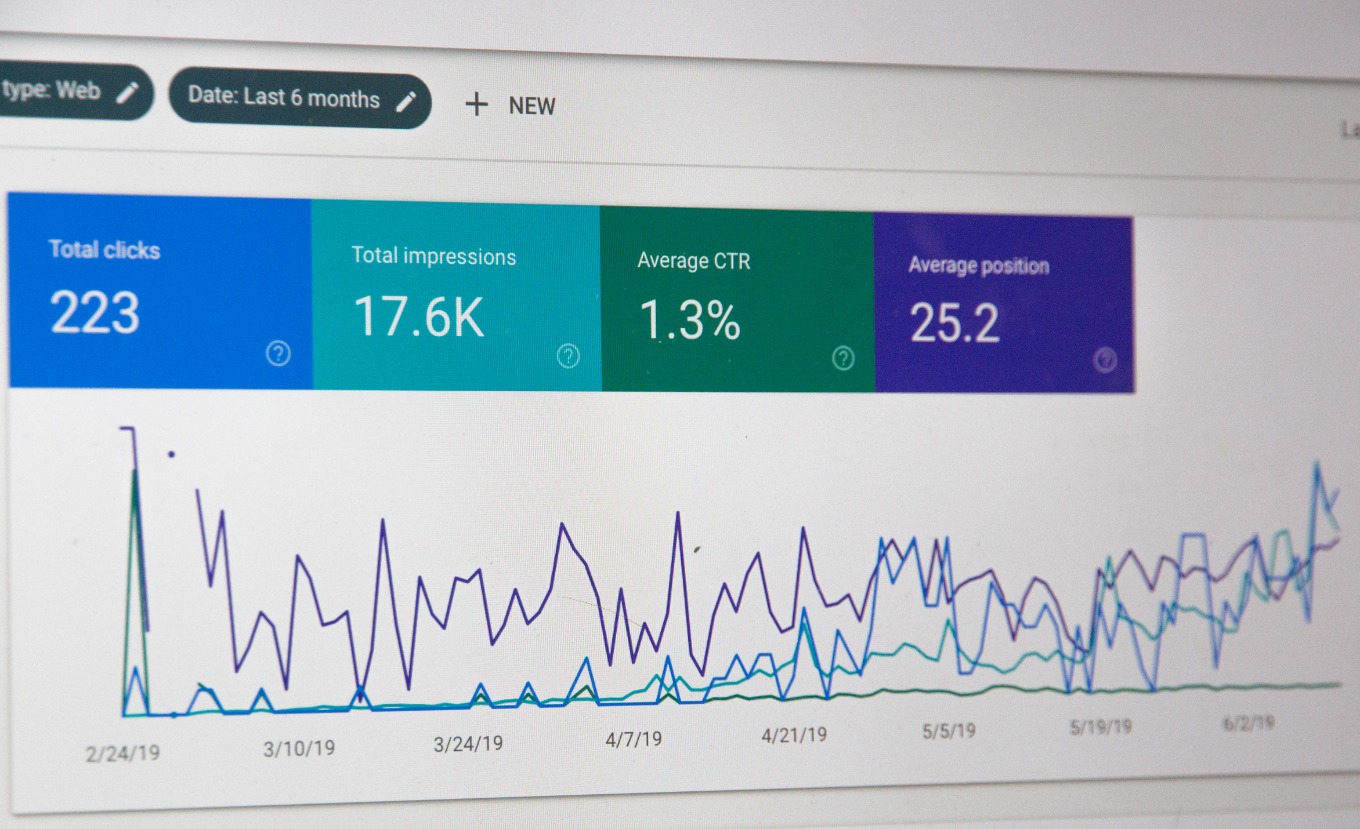The Future of Personal Security Companies: Predictions and Emerging Trends
The future of personal security companies offers a panoramic view of fascinating technological advancements, complex socio-economic dynamics, and a shifting geography of threats and vulnerabilities. This blog aims to elucidate several impending trends and predictions that will shape the industry in the coming years. Let's navigate through this intricate labyrinth of possibilities together.
The first core observation that warrants attention is the increasing democratization and personalization of security. Traditionally, personal security was a luxury affordable only to the elite and affluent. However, with the rise of autonomous systems and smart technology, personal security services are becoming accessible to a broader demographic.
The advent of smart homes equipped with IoT devices that can monitor, alert, and even respond to possible security threats is a classic exemplar of this democratization. Using advanced algorithms and machine learning, these devices can discern patterns, detect anomalies, and predict threats with an accuracy that rivals, if not surpasses, human capability. However, the adoption of these technologies is not without debates on privacy and data security. While they promise enhanced security, they also potentially expose sensitive personal data to misuse if not adequately safeguarded.
Secondly, the industry is likely to witness the rise of predictive analytics as a key tool in preempting security threats. Drawing deeply from statistical methodologies and artificial intelligence, predictive analytics can forecast potential security incidents based on historical data patterns and trends. This trend is powered by the explosion of data, or 'Big Data,' and the growing sophistication of algorithms that can analyze this data in real-time. This significantly enhances the proactive capabilities of personal security companies.
However, the use of predictive analytics is wedged between the Scylla of ethical concerns and the Charybdis of legal complications. On one hand, it raises questions about the potential misuse of predictive technology for racial, socioeconomic, or other types of profiling. On the other hand, it introduces legal uncertainties about liability and accountability in case of predictive failures.
Thirdly, the geography of security threats is becoming increasingly 'glocal'—an amalgamation of global and local realities. As societies become more interconnected, the source of threats is no longer confined to localities or even national boundaries. For instance, cyber threats, a significant concern for personal security, rarely adhere to geographical constraints.
Additionally, the effects of global phenomena like climate change and geopolitical strife can manifest as security risks at the local or individual level. This necessitates a glocal approach for personal security companies, involving a careful balance between understanding global trends and catering to local or individual contexts.
Last but not least, personal security companies will need to navigate the complex dynamics of public-private partnerships. As state resources are increasingly stretched thin, the role of private security in complementing public security is becoming vital. However, this also raises concerns about the potential militarization of private spaces and the blurring of lines between public and private jurisdictions.
To sum up, the future of personal security companies will be shaped by a complex interplay of technological advancements, socio-economic dynamics, and evolving threat geographies. These developments would require careful navigation through ethical, legal, and societal terrains. The challenge, as always, would be to strike a delicate balance between safeguarding security and upholding the democratic ethos. It’s a journey fraught with challenges, but with an equal measure of opportunities for those willing to adapt, innovate, and lead.
The future of personal security companies offers a panoramic view of fascinating technological advancements, complex socio-economic dynamics, and a shifting geography of threats and vulnerabilities.






